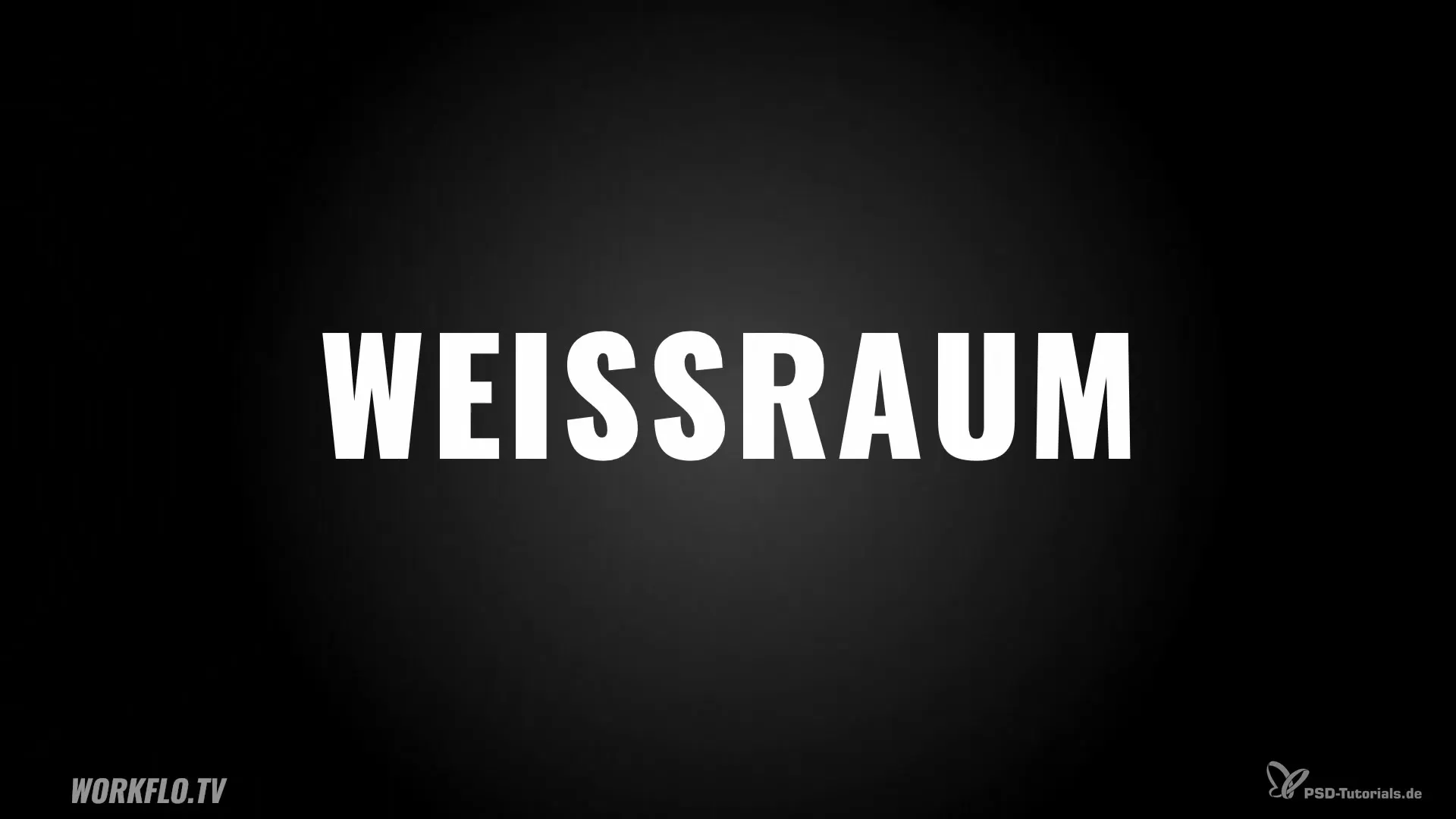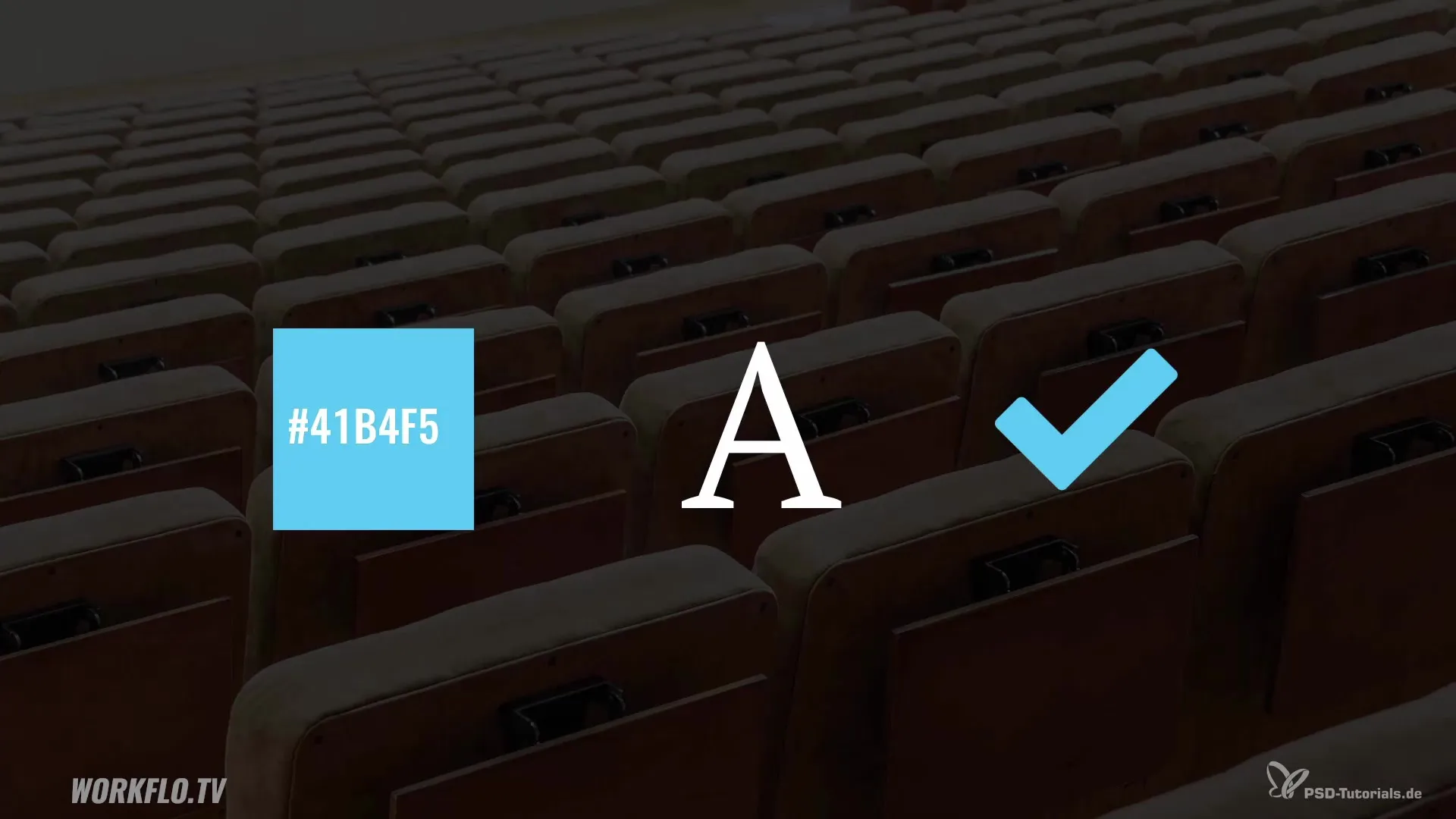If you want to captivate your audience and elevate your presentations to a new level, you should consider the often underestimated element of white space. How often have you seen presentations that were overloaded with layout, as if every pixel had to be utilized? White space, the design medium of absence of text and graphics, can help make your message clearer and more memorable. Let’s discover how you can effectively use white space to achieve a more elegant and professional effect.
Key Takeaways
- White space is an important design element and supports the readability and aesthetics of your designs.
- It doesn't have to be exclusively white; colored areas can also function as white space.
- A thoughtful hierarchy helps to bring the most important element of your presentation into focus.
- Repetition of design elements creates consistency and professionalism.
Step-by-Step Guide
1. Understand the Importance of White Space
Before you start designing, it’s essential to develop a deep understanding of what white space means. White space is the space around and between the various elements of a slide that helps to loosen up the presentation and make the content easier to grasp. By adding more white space, your presentation gains more “breathing room” and a sense of elegance.

2. Design Spaces and Don’t Overcrowd
It is a common mistake to overload slides with too many elements. Instead of cramming logos and images into every corner, ask yourself: Where can I create space? An important principle is that design needs room to breathe. By leaving space, you make your information more accessible and clearer.
3. The Benefits of Hierarchy in Your Presentation
The hierarchy of your elements is crucial to highlight the most important points. Consider carefully which information is most significant for your audience and how you can emphasize it. By strategically utilizing white space, you can visually represent the order of information and create a clear focus.
4. Repetition as a Design Tool
Repetition is key to creating consistency in your design. Use specific colors or fonts consistently to achieve a uniform look. This could mean choosing the same serif font for both headings and body text or repeating a specific color tone throughout your presentation. This creates recognizability and brings structure to your work.
5. Experiment with Colors in White Space
White space does not mean that the areas must actually be white. Use colors to create differentiated areas in your presentation. Blue, red, or other colors can be equally effective for white space. It is important that the colors harmonize and do not appear overloaded.
6. Gather Feedback and Optimize
After you have designed your slides with white space and the mentioned principles, it’s advisable to gather feedback. Let colleagues or friends view the presentation and ask for their opinions on readability and design aesthetics. Often, other perspectives can provide valuable suggestions on how you can work even more effectively.

Summary – Presenting Convincingly: White Space as a Design Element
The skillful use of white space, hierarchy, and repetition can not only loosen up a presentation but also make it more professional and engaging. Make sure to give your slides enough space to present information more clearly. Additionally, through suitable colors and recurring design elements, you can ensure consistency in your presentation. Consider how you can use these design tools to captivate your audience with your content.
Frequently Asked Questions
Is white space just the color white?No, white space can also include colored areas.
How much space should I leave between elements?It depends on the type of slide and the content, but the rule is: more space improves readability.
Can I place text in white space?Yes, you can have text in white space, but make sure it remains clear and readable.
How can I gather feedback on my presentation?You can ask colleagues or friends who can give you honest opinions.
What are the best colors for white space?It depends on your overall design, but light and harmonious colors generally work well.


